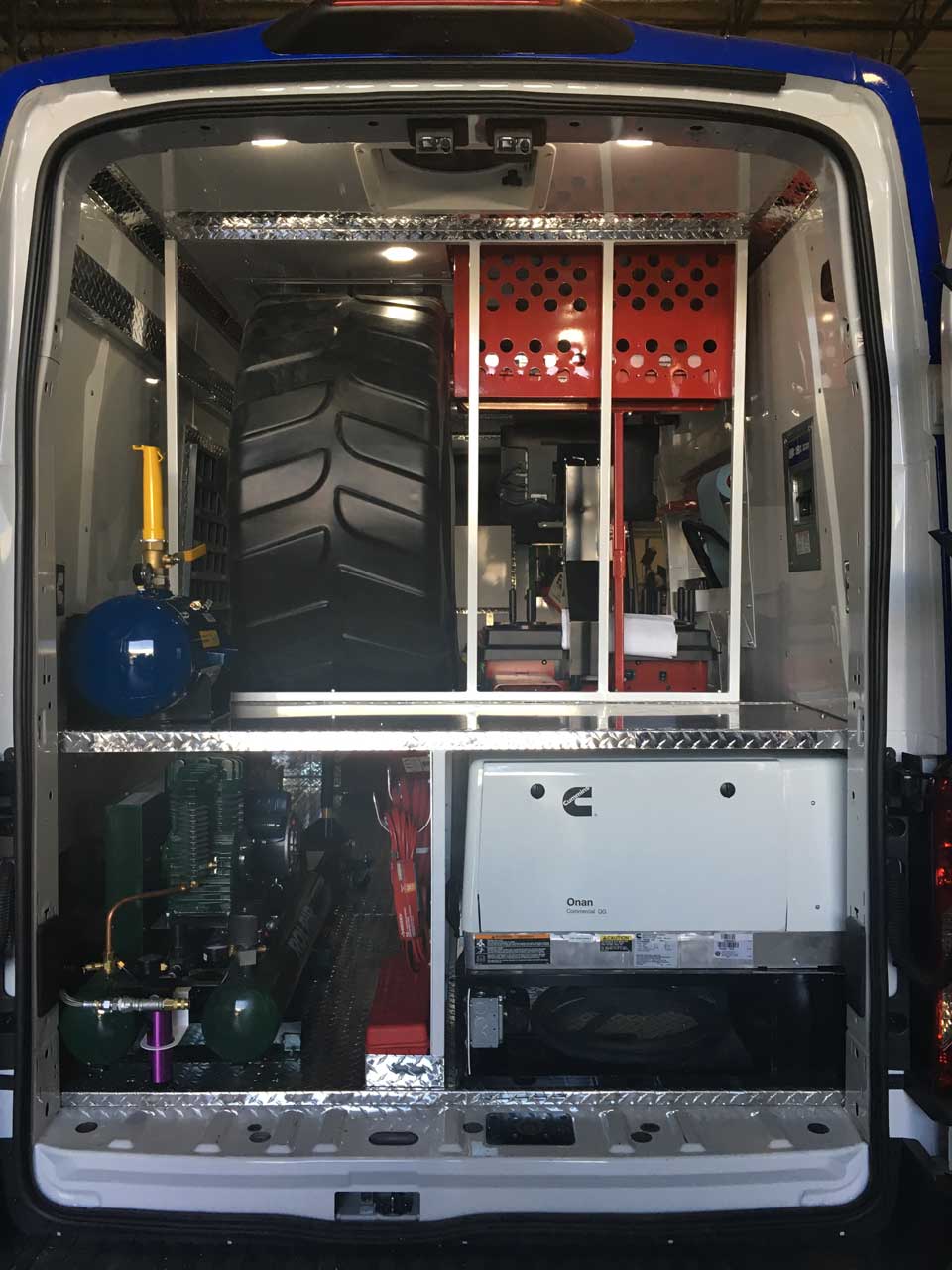Emergency Mobile Tire Service Available in Las Vegas
Emergency Mobile Tire Service Available in Las Vegas
Blog Article
Tire Solution: Proven Methods for Optimal Tire Upkeep and Treatment
Preserving optimal tire condition is critical for both safety and performance of any type of car. From guaranteeing proper tire pressure to normal turning and placement, there are tried and tested approaches that can significantly extend the lifespan of your tires and improve overall driving experience. As we check out the details of tire treatment and upkeep, we will discover important standards that every vehicle owner must follow for the very best feasible outcomes. Allow's explore the globe of tire solution and discover the secrets to keeping your tires in excellent shape for the long run.
Significance of Tire Stress
Appropriate tire pressure promotes much better fuel effectiveness, as under-inflated tires can lead to increased rolling resistance, creating the engine to work tougher and eat more gas. Right tire pressure makes certain even tread wear, boosting tire long life and saving cash in the lengthy run by delaying the need for early replacements. Consistently examining and readjusting tire stress, especially previously lengthy trips, is a simple yet effective way to improve automobile efficiency, expand tire life-span, and prioritize safety on the road.
Tire Rotation Standards
When considering tire rotation guidelines, it is necessary to recognize the importance of this maintenance task in making the most of tire life-span and keeping optimal car performance. Tire rotation entails transforming the placement of each tire on a vehicle to make certain even walk wear. Front tires have a tendency to put on much more promptly than rear tires because of guiding pressures, making routine turning important for well balanced wear patterns. The suggested turning pattern differs depending on whether a car is front-wheel, rear-wheel, all-wheel, or 4x4. Typically, tires must be rotated every 5,000 to 7,500 miles, or as recommended in the vehicle handbook. Overlooking tire rotation can result in uneven wear, impacting handling, grip, and possibly compromising automobile security. By adhering to proper turning standards, chauffeurs can extend the life of their tires, boost fuel efficiency, and boost general driving experience. Regular turning is a straightforward yet efficient maintenance technique that contributes considerably to tire durability and vehicle efficiency.

Benefits of Wheel Positioning
Making sure proper wheel placement after tire rotation is critical for maintaining balanced wear patterns and making best use of car efficiency. Wheel placement refers to the adjustment of the angles of the wheels to the maker's requirements. One of the key benefits of wheel positioning is boosted handling and steering action. When the wheels are effectively aligned, it decreases steering effort, making sure a smoother and a lot more regulated driving experience. In addition, correct wheel alignment helps to prolong the life-span of your tires. Misaligned wheels can create uneven tire wear, leading to premature tire substitute and increased maintenance costs.

Tire Footstep Deepness Check
Doing a regular evaluation of tire walk deepness is essential for preserving risk-free driving problems and prolonging the lifespan of your tires. The walk on your tires plays a crucial function in supplying grip, especially in wet or slippery problems. To examine your tire tread deepness, you can use a walk depth scale or the penny examination. The advised step depth is at least 2/32 of an inch. If the walk depth is below this threshold, it is time to change your tires to guarantee ideal efficiency and security when traveling. Irregular tread wear can suggest issues with tire pressure, placement, or suspension, highlighting the value of normal walk deepness checks. Disregarding to monitor and keep proper tread depth can lead to reduced grasp, longer stopping ranges, and an enhanced risk of hydroplaning. By incorporating tire step deepness check out your routine upkeep timetable, you can drive with self-confidence understanding that your tires are in top Bonuses problem.
Seasonal Tire Inspection
Seasonal tire inspection is a fundamental aspect of tire upkeep that makes certain tires are all set to encounter the difficulties presented by different weather conditions. In preparation for winter, it is essential to examine the tire stress consistently as chilly temperatures can cause tire stress to go down. By carrying out routine seasonal tire evaluations, chauffeurs can prolong tire lifespan, enhance gas performance, and most notably, make sure a safe driving experience in varying weather problems.
Verdict
In verdict, preserving appropriate tire pressure, rotating tires consistently, lining up wheels correctly, checking walk depth, and conducting seasonal inspections are important practices for optimum tire care. By adhering to these verified techniques, drivers can guarantee their tires last much longer, do better, and add to general car safety and security. It is essential to prioritize tire upkeep to protect against mishaps, boost gas efficiency, and extend the lifespan of tires.
Ample tire stress promotes far better fuel performance, as under-inflated tires can lead to enhanced rolling resistance, creating the engine to work tougher and take in Full Article even more fuel.When considering tire rotation standards, it is essential to comprehend the importance of this upkeep job in maximizing tire life expectancy and maintaining ideal vehicle performance. Seasonal tire examination is a fundamental aspect of tire upkeep that ensures tires are prepared to encounter the challenges presented by various climate problems. By conducting routine seasonal tire evaluations, motorists can lengthen tire lifespan, enhance gas performance, and most notably, ensure a protected driving experience in differing climate conditions.
In conclusion, preserving correct tire click this pressure, rotating tires frequently, lining up wheels appropriately, checking step deepness, and conducting seasonal evaluations are vital methods for ideal tire care.
Report this page